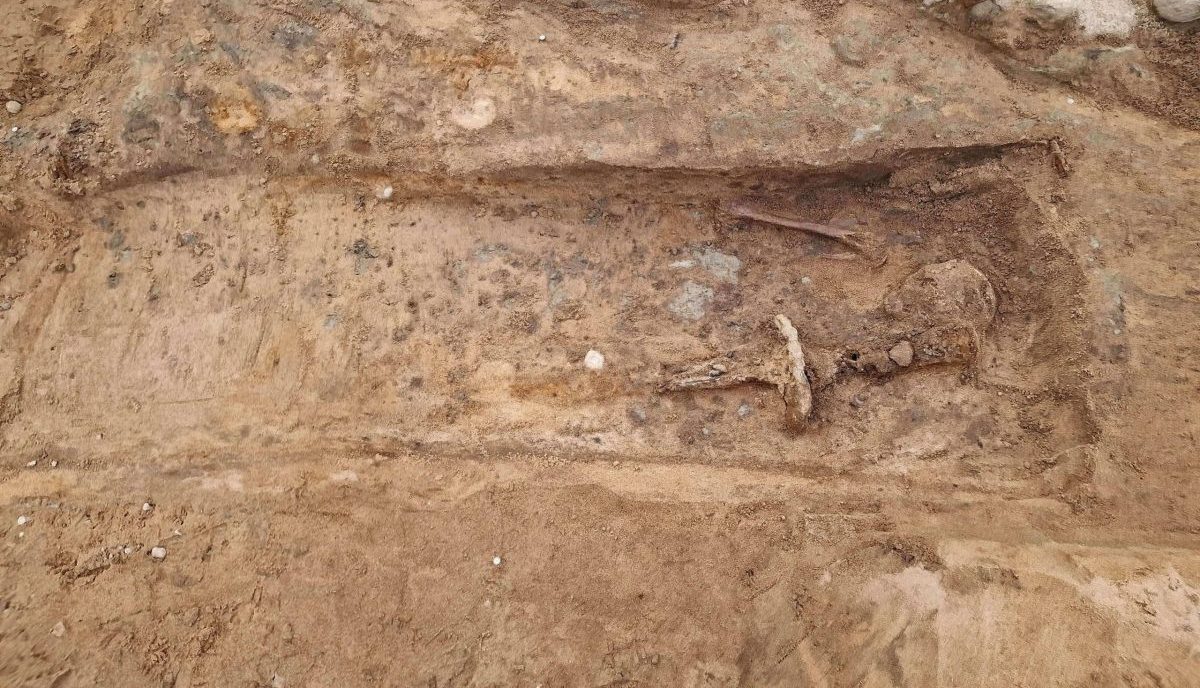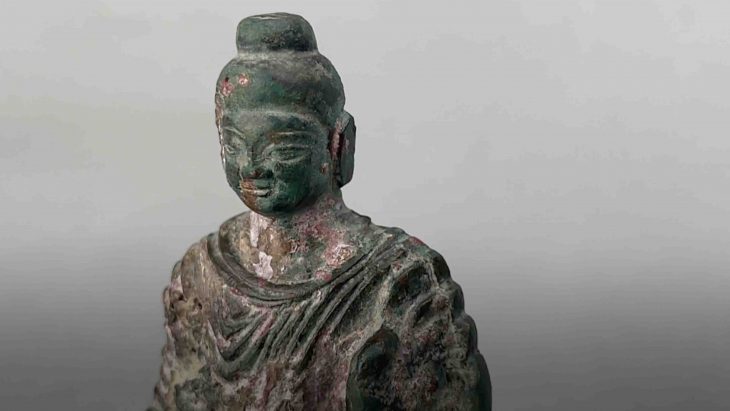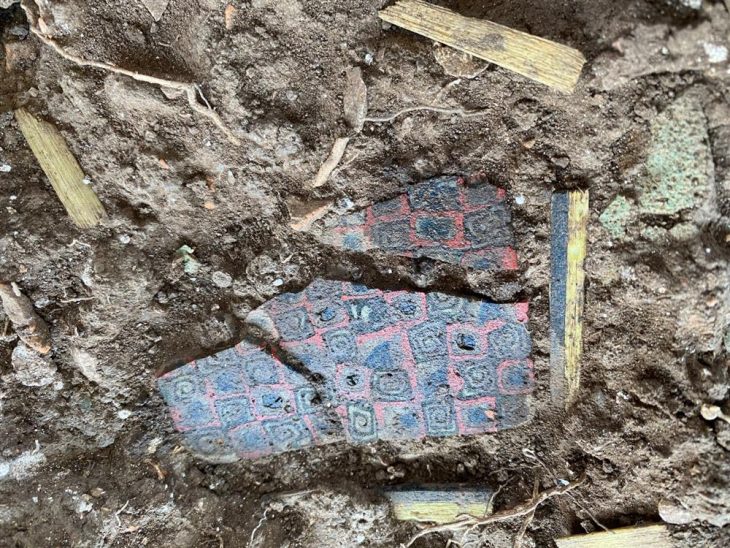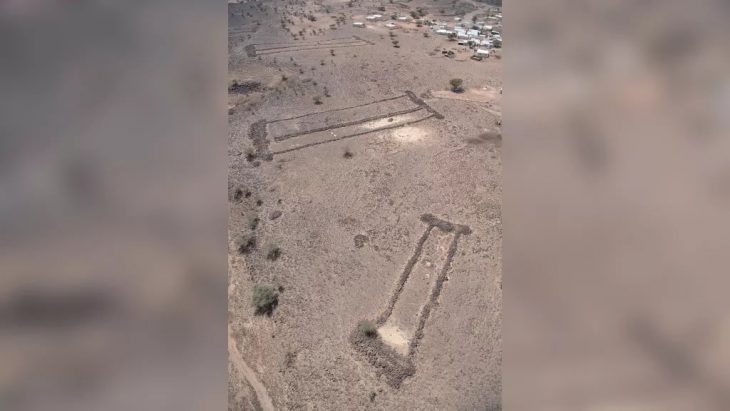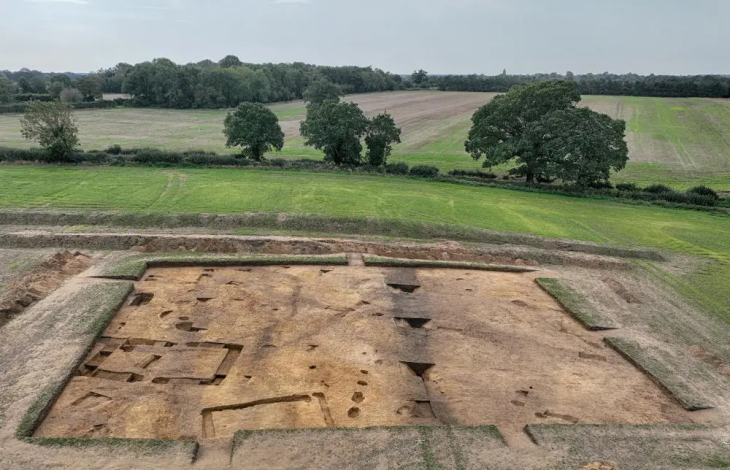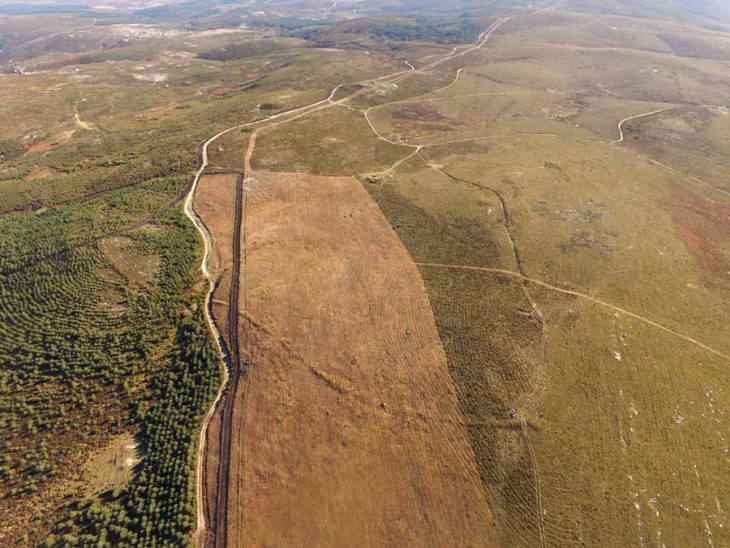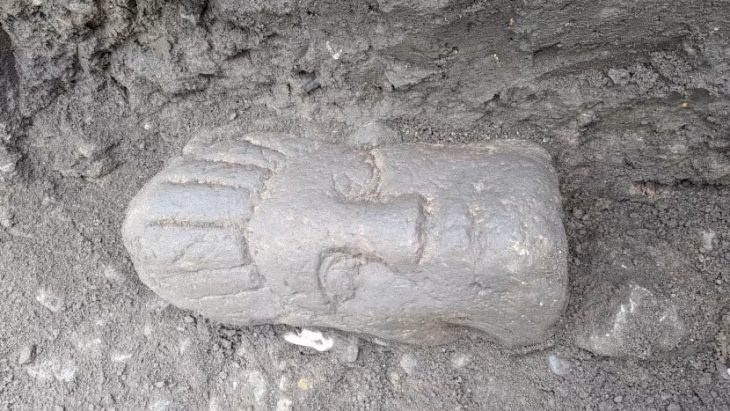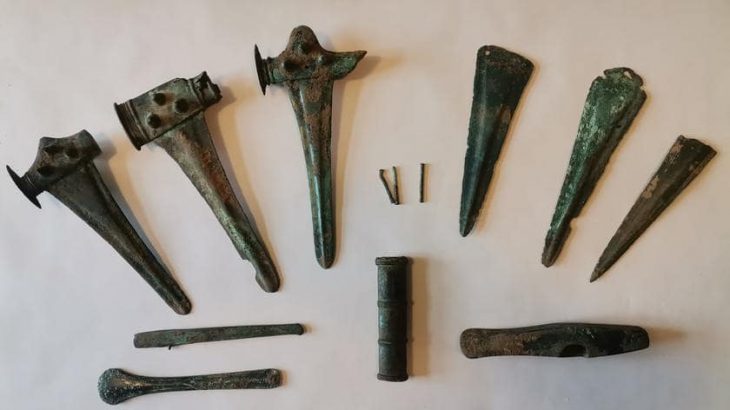An unusual and exciting discovery was made during archaeological research at Lilla Torg in the port city of Halmstad on Sweden’s west coast. A medieval grave containing the remains of a man who was over 6 feet tall and wielded a sword over 1.2 meters long!
According to a blog post from the Cultural Environment of Halland on December 19, 49 medieval graves were discovered during archaeological excavations at Halmstad’s Lilla Torg square. Originally, the graves were beneath a convent that was in operation from 1494 until 1531. One grave stood out from the rest: that of a tall, elite man.
The only artifact in the grave was the sword, which was placed to the man’s left side. An osteological examination of the skeletal remains revealed that the man was at least 6’3″ tall, and the surviving parts of the sword, including the wooden hilt, are 4’3″ long (1.3 meters).
Archaeologists said an X-ray image of the sword revealed an inlaid decoration of two crosses. The crosses were likely made of precious metal. This x-ray was posted on Facebook by the Cultural Environment of Halland.
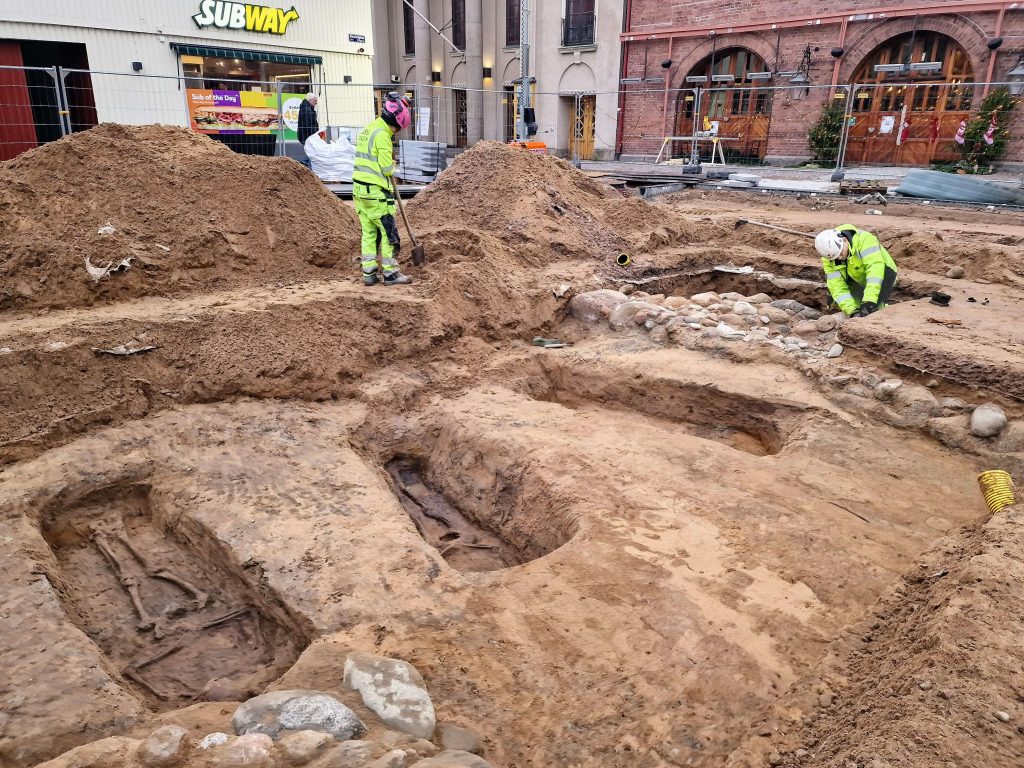
Swords are rarely found in medieval graves, the Cultural Environment of Halland said in a Facebook post. The presence of a sword indicates that the deceased was an elite or high-class person.
The burial was discovered at Lilla Torg, a city center square that was part of the Franciscan monastery of Sankta Annas in the 15th century. The remains of the monastery kitchen and the church were discovered during the first excavation at the square in 1932. This year’s excavation uncovered more of the monastery church. The grave with the sword was discovered beneath the floor of the south nave. Two other graves were discovered nearby, one belonging to an adult woman and the other to a man.
The sword find at Lilla Torg confirms that Sankta Anna’s church was used as a burial place for, among other things, people of noble birth during the 35 years that the Franciscan order operated on the site.

Halmstad is about 270 miles southwest from Stockholm. The town of Halmstad was granted its first town charter in 1307, and the 1320s saw the establishment of its present historic center. At the time, it was a part of the Danish Kingdom. The Sankta Annas monastery had a short existence. It was constructed between 1494 and 1503 thanks to a costly silver plate donated by Christina of Saxony, who was the queen of Denmark at the time. The city magistrate closed it down in 1531, and the land was put to different uses, such as an armory and a hospital. A fire in 1619 destroyed most of the town, including what remained of the monastery.

